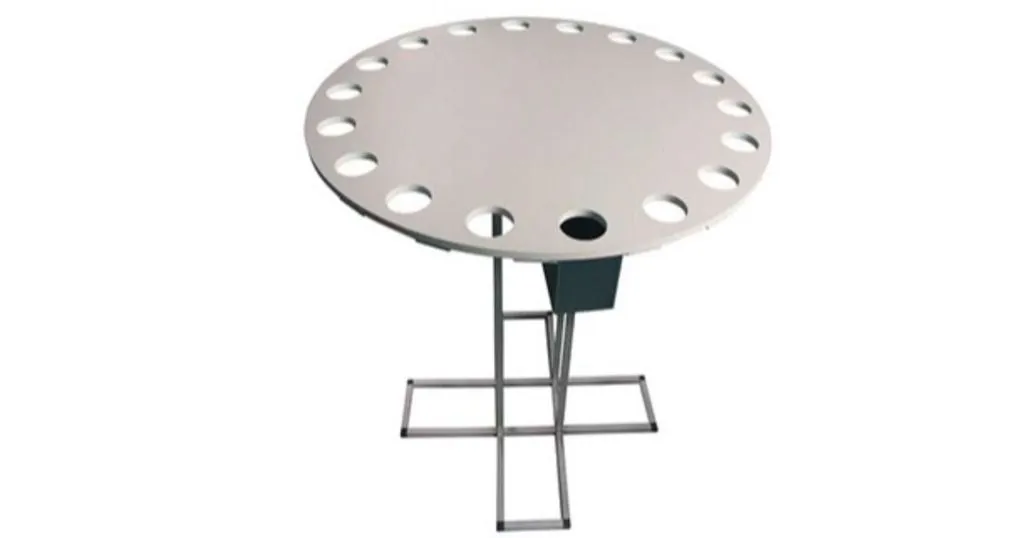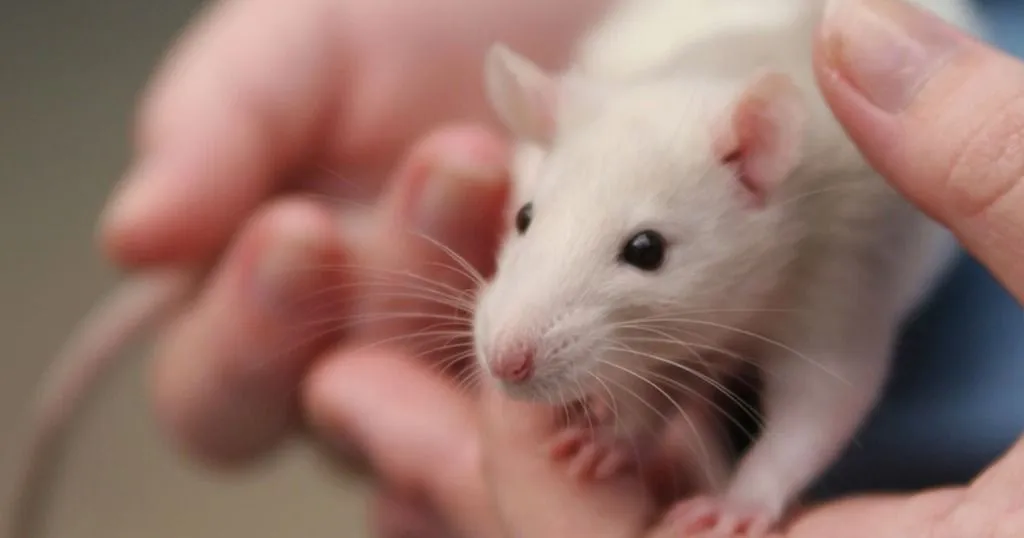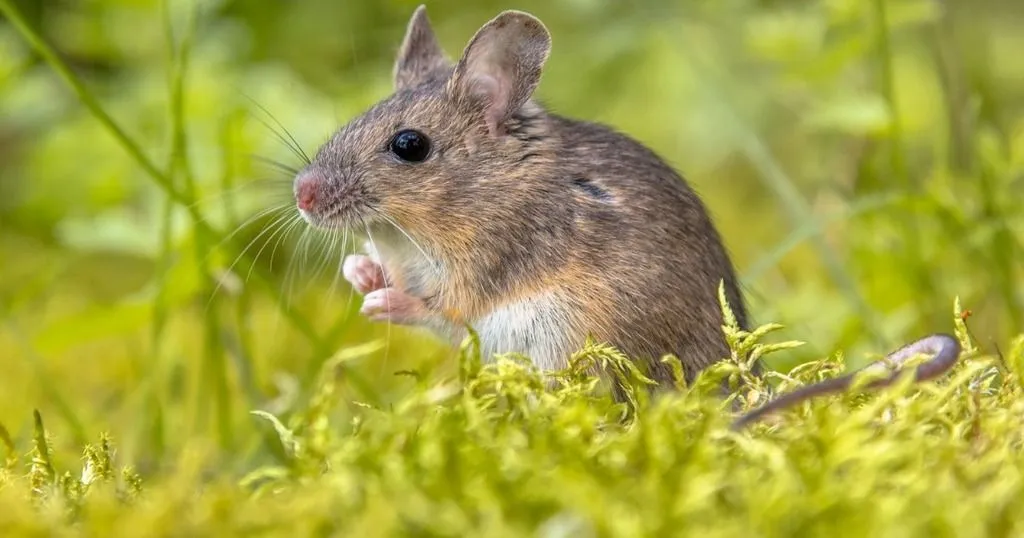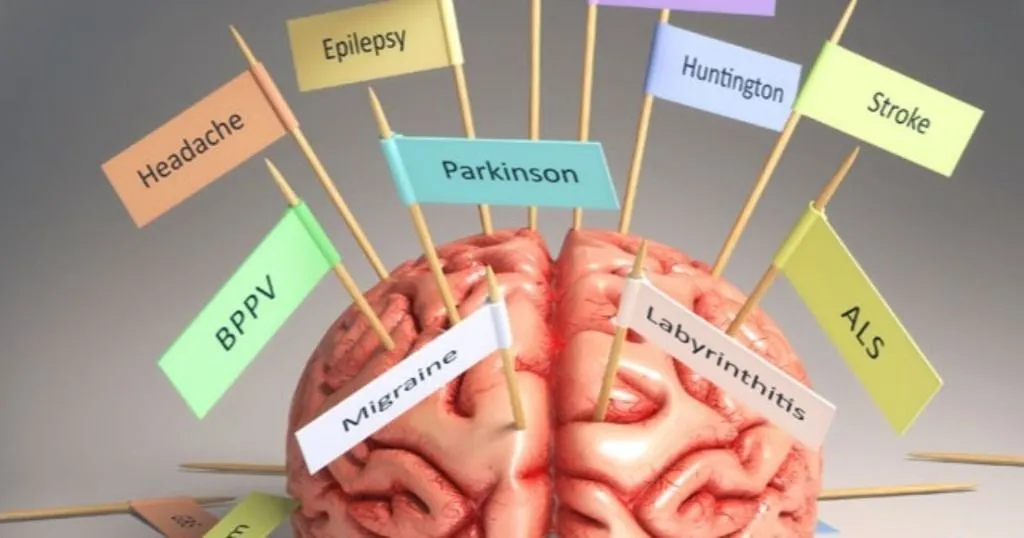What is the Barnes maze? A dry-land environment for testing learning and memory
The Barnes maze is a behavioral paradigm for testing learning and memory in rodents models for autism spectrum disorder, Alzheimer’s disease and ageing. How does it compare to the Morris water maze?
Posted by
Published on
Wed 23 Feb. 2022
Topics

Carol Barnes designed this behavioral paradigm in 1979 to test memory deficits in aging rats [1], while only being adapted to mice as late as 1995 [2]. It is often referred to as an alternative to the Morris water maze, which relies on swimming behavior potentially confounding learning and memory readouts.
What is the Barnes maze?
A dry-land environment for testing learning, memory and cognitive flexibility
At this point in time, the Barnes maze is a well-established behavioral paradigm, and is used to test learning and memory in rodent models for autism spectrum disorder [3], Alzheimer’s disease [4] and ageing [5], to name a few.
The Barnes maze is constructed as a circular table with circular holes around the circumference. The goal of this test is that the subject (rat or mouse) reaches an escape box that is positioned beneath one of the holes. This task relies on visual cues, which thus prompts spatial learning and memory. Essential in such a protocol is learning the position of this box beforehand. This can be done in a number of ways, food reward is a popular choice.
Searching strategy
Investigating the animal’s searching strategy over consecutive trial can also be an interesting readout of the Barnes maze. For example, some animals randomly search for the correct hole while in the acquisition phase, while other animals stick to a certain pattern when systematically checking each hole.
Advantages of the Barnes maze versus the Morris water maze- The Barnes maze does not involve swimming, which can be perceived as stressful and increases corticosterone levels [6].
- Swimming in the Morris water maze also causes reductions in core body temperature which can affect performance [7], this can be circumvented somewhat by regulating the water temperature properly.
- While in a swimming task, rodents can take to floating, which is thought to represent a state of behavioral despair, a common readout of depressive-like behavior in the Forced swim test.
Disadvantages of the Barnes maze versus the Morris water maze- A lack of stressful stimuli in the Barnes maze can result in slow learning. To increase the motivation to escape a mild stressor such as white noise or a buzzer sound can be played [2].
- The Barnes maze requires a bit more training/trials than the Morris water maze. Where a Barnes maze generally takes 15-20 acquisition trials, even having protocols of up to 40 trials. The Morris water maze is generally performed over ± 12 trials.
- It is said that the Barnes maze is somewhat limited to the use of young (3-5 months of age) adult C57BL/6J mice. [8, 9]
- A lack of stressful stimuli in the Barnes maze can result in slow learning. To increase the motivation to escape a mild stressor such as white noise or a buzzer sound can be played [2].
- The Barnes maze requires a bit more training/trials than the Morris water maze. Where a Barnes maze generally takes 15-20 acquisition trials, even having protocols of up to 40 trials. The Morris water maze is generally performed over ± 12 trials.
- It is said that the Barnes maze is somewhat limited to the use of young (3-5 months of age) adult C57BL/6J mice. [8, 9]
In general, performance in the Barnes maze and/or the Morris water maze is highly sensitive to anxiety in rodents, which can be induced (or of greater levels) in animals subjected to for example pharmacological and/or genetic manipulation. This can be mitigated for example by decreased light intensity.
Barnes maze or Morris water maze? Which one should I choose?
Both the Barnes maze and the Morris water maze are well validated behavioral paradigms for studying learning and memory. Both have clear advantages and disadvantages. It should thus be pragmatically considered which one is the best for you. Do you have a validated setup of one or the other in your lab? Have you previously published with one of these tests? Or do you simply want to avoid swimming, for example in mice which are less-than-natural swimmers compared to rats? Think practically about these thing when writing/planning your study design.
Video tracking in the Barnes maze with EthoVision XT
In EthoVision XT there is a predefined template for the Barnes maze, making tracking and analyzing as easy as dragging and dropping the circles (for the escape holes) to the correct place in the video image. Specify which hole has the goal box underneath, and you are ready to acquire your data.
References- Barnes, C. A. (1979). Memory deficits associated with senescence: A neurophysiological and behavioral study in the rat. J. Comp. Physiol. Psychol., 93 (1), 74–104
- Bach, M. E.; Hawkins, R. D.; Osman, M.; Kandel, E. R.; Mayford, M. (1995). Impairment of spatial but not contextual memory in CaMKII mutant mice with a selective loss of hippocampal LTP in the range of the theta frequency. Cell, 81 (6), 905–915
- Yang, K. et al. (2021). SENP1 in the retrosplenial agranular cortex regulates core autistic-like symptoms in mice. Cell Rep., 37 (5), 109939
- Macêdo, P. T.; Aquino, A. C. Q.; Meurer, Y. S. R.; Brandão, L. E. M.; Campêlo, C. L. C.; Lima, R. H.; Costa, M. R.; Ribeiro, A. M.; Silva, R. H. (2018). Subtle alterations in spatial memory induced by amyloid peptides infusion in rats. Front. Aging Neurosci., 10 (JAN), 18
- Weber, M. et al. (2015). Cognitive Deficits, Changes in Synaptic Function, and Brain Pathology in a Mouse Model of Normal Aging. eNeuro, 2 (5), 47–62
- Harrison, F. E.; Hosseini, A. H.; McDonald, M. P. (2009). Endogenous anxiety and stress responses in water maze and Barnes maze spatial memory tasks. Behav. Brain Res., 198 (1), 247–251
- Iivonen, H.; Nurminen, L.; Harri, M.; Tanila, H.; Puoliväli, J. (2003). Hypothermia in mice tested in Morris water maze. Behav. Brain Res., 141 (2), 207–213
- Pitts, M. W. (2018). Barnes Maze Procedure for Spatial Learning and Memory in Mice. Bio-protocol, 8 (5)
- Kesby, J. P.; Kim, J. J.; Scadeng, M.; Woods, G.; Kado, D. M.; Olefsky, J. M.; Jeste, D. V.; Achim, C. L.; Semenova, S. (2015). Spatial Cognition in Adult and Aged Mice Exposed to High-Fat Diet. PLoS One, 10 (10)
Related Posts

How researchers use the Morris water maze to find treatments for Alzheimer's

A plant-based treatment for Alzheimer's disease?

